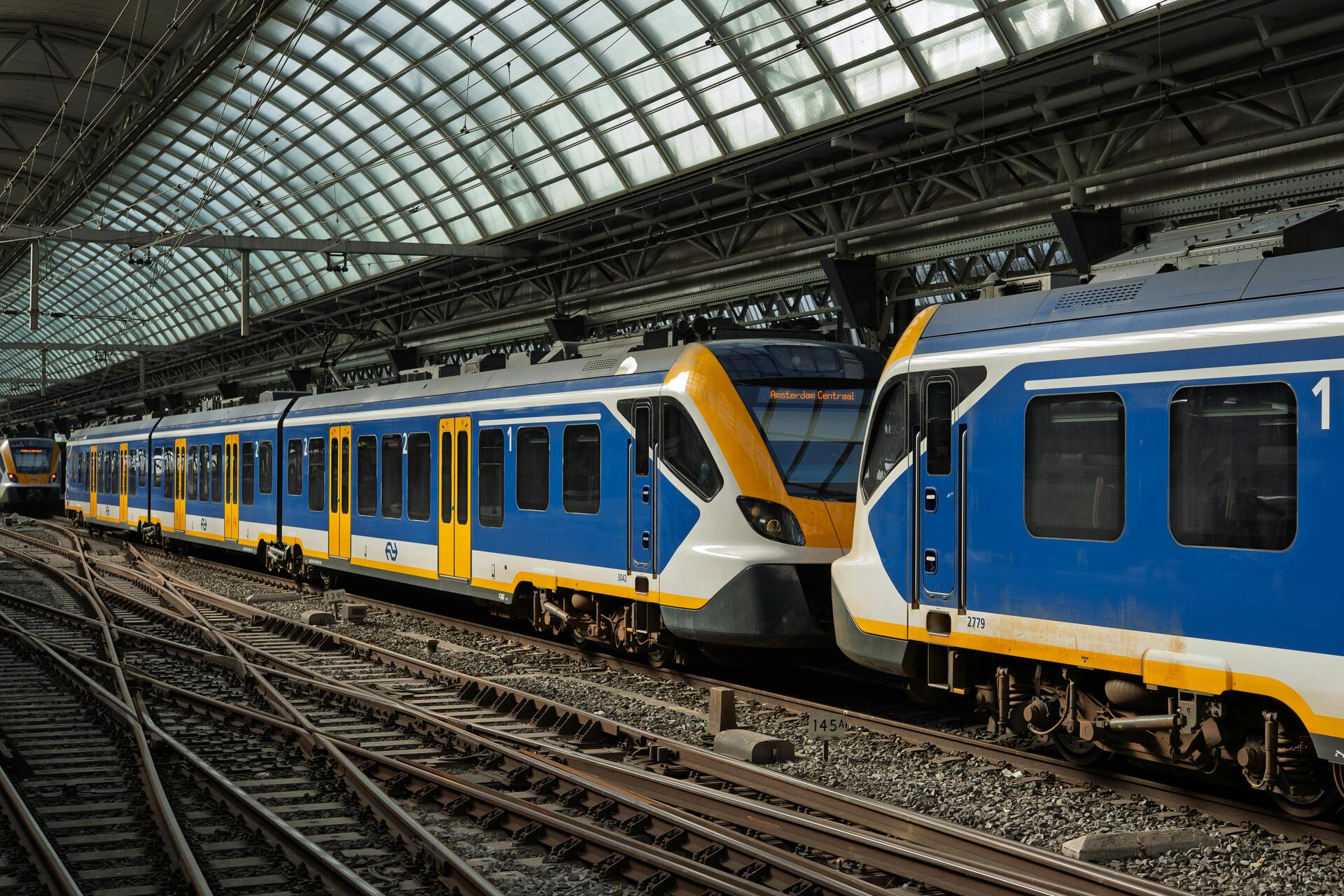Dutch train operator NS has announced the purchase of 36 new Sprinter trains with a unique dual-purpose design: they can serve both as Sprinters that stop at every station and as Intercity trains that travel faster between major cities. The flexible deployment capability is designed to help NS respond more efficiently to growing passenger numbers and varying demand across the network.
What NS Is Buying
The new trains, called Flirt Flex, will be manufactured by Swiss company Stadler, which has previously supplied Sprinter trains to NS. The investment totals over €400 million, with the 36 trains providing more than 8,000 total seats. The first Flirt Flex trains are expected to enter service on the Dutch rail network at the end of 2029 or early 2030.
How the Dual-Role Design Works
The Flirt Flex is fundamentally designed as a Sprinter with capabilities that also make it suitable for Intercity service:
Quick acceleration and braking for frequent stops typical of Sprinter routes
Top speed of up to 160 km/h, allowing it to match Intercity travel times on many routes
Modern, comfortable interiors suitable for longer journeys
This dual-purpose design means NS can deploy the same train as either a Sprinter or an Intercity depending on where passenger demand is highest. Rather than having trains dedicated to only one type of service, NS gains the flexibility to shift rolling stock between regional stopping services and faster long-distance routes as needed.
"This flexible use helps us respond better to the growing number of passengers," NS explained, noting that the approach increases operational efficiency and allows better use of the train fleet.

Photo Credits: Martijn Stoof/Pexels
Modern Features and Accessibility
The new trains will include contemporary amenities designed for passenger comfort and accessibility:
Spacious entryways for easier boarding
Wheelchair-accessible toilets
Real-time travel information screens throughout the carriages
Modern, comfortable seating suitable for both short regional trips and longer intercity journeys
The improved accessibility features align with broader efforts to make Dutch public transport more inclusive for passengers with mobility challenges.
Return to Classic Yellow-Blue Colours
Unlike the current white-and-blue Sprinter design, the Flirt Flex will feature NS's classic yellow-and-blue colour scheme that many people associate with traditional Dutch trains.
"From 2030 we welcome a modern train in a classic 'jacket'," NS CEO Wouter Koolmees said. "Yellow–blue trains have been part of the Netherlands for decades and we'd like to keep it that way." The color choice connects NS's modernisation efforts with its historical brand identity.
Part of Major Fleet Renewal
This order is one component of a comprehensive upgrade to the NS train fleet, which includes:
60 new DDNG double-decker trains from Spanish manufacturer CAF, scheduled to arrive from 2029
109 ICNG Intercity trains from French company Alstom, many of which are already in service on the network
In total, NS is investing approximately €2 billion in new trains over the coming years to make the Dutch rail network more reliable, comfortable, and sustainable. The comprehensive renewal addresses aging rolling stock and prepares the network for anticipated growth in passenger numbers.
Why the Flexible Approach Matters
Traditionally, Sprinter and Intercity services use different types of trains optimized for their specific roles. Sprinters prioritise quick acceleration for frequent stops on regional routes, while Intercity trains emphasise sustained higher speeds for long-distance travel with fewer stops.
The new flexible trains allow NS to break away from this rigid separation. During peak hours or special events, NS can deploy more trains as Intercity services on busy long-distance routes. During off-peak periods or on routes with changing demand patterns, the same trains can operate as Sprinters with more frequent stops.
This adaptability helps future-proof the Dutch rail network against changing travel patterns and makes more efficient use of expensive rolling stock that would otherwise sit idle or be underutilised on certain routes.
Timeline and Next Steps
NS plans to finalise the contract with Stadler soon, with production beginning thereafter. The first trains are scheduled to enter passenger service at the end of 2029 or in early 2030. The rollout will continue over subsequent years as additional units are delivered and tested.
What This Means for Passengers
For travellers on the Dutch rail network, the new Flirt Flex trains should deliver several improvements:
More capacity: Additional seats on busy routes help reduce overcrowding
Better comfort: Modern interiors with contemporary amenities improve the travel experience
Greater flexibility: NS can more easily adjust service levels to match demand, potentially meaning more frequent service during peak periods
Improved accessibility: Better facilities for passengers with disabilities or mobility challenges
Familiar appearance: The return to classic yellow-and-blue colours maintains NS's traditional look
While passengers will need to wait until 2030 to experience the new trains, the investment represents a significant step toward modernising Dutch rail travel and meeting the needs of a growing passenger base in the coming decades.


